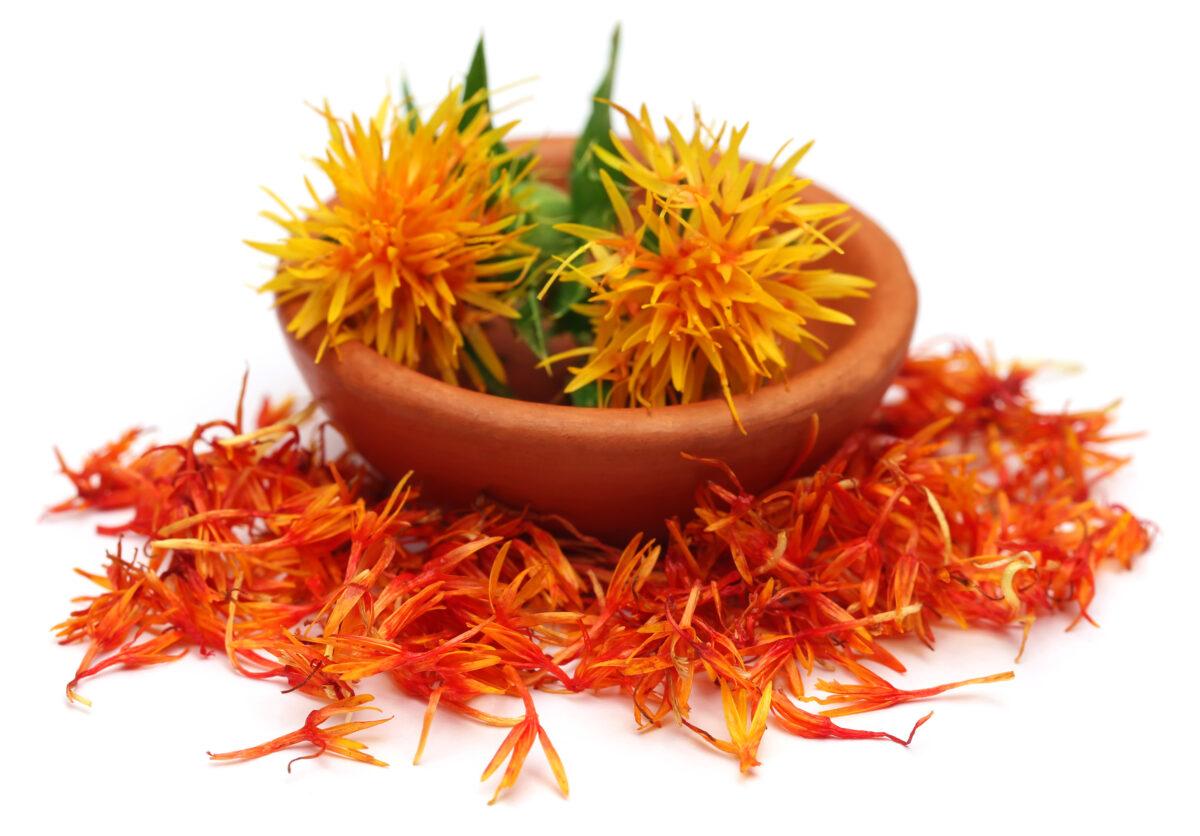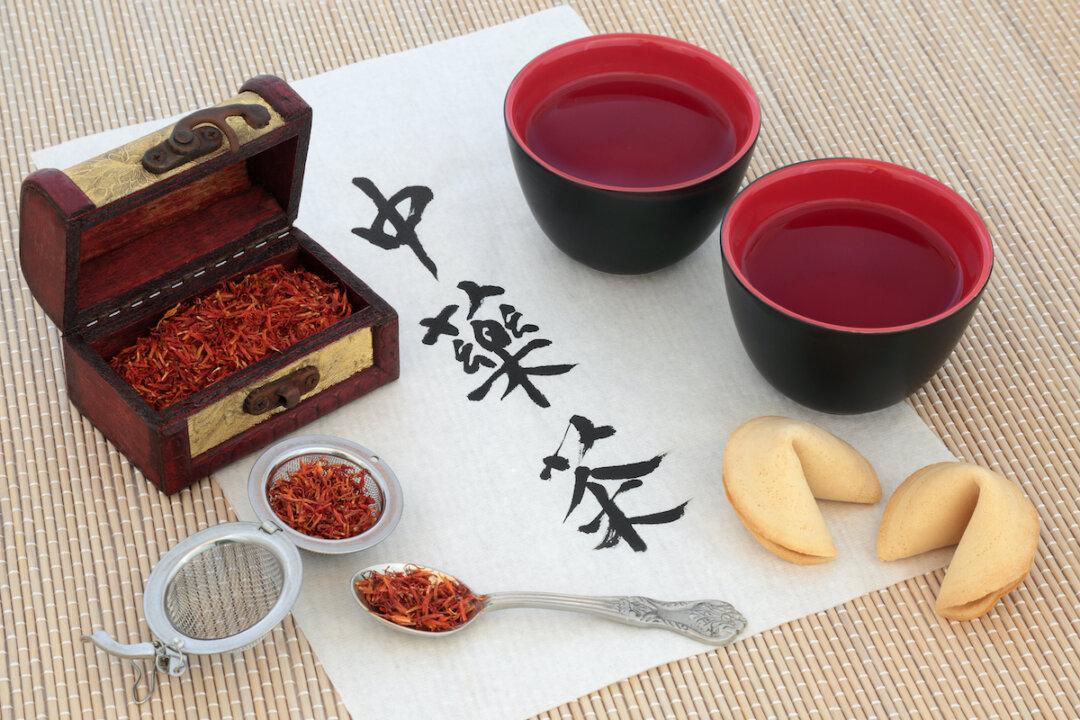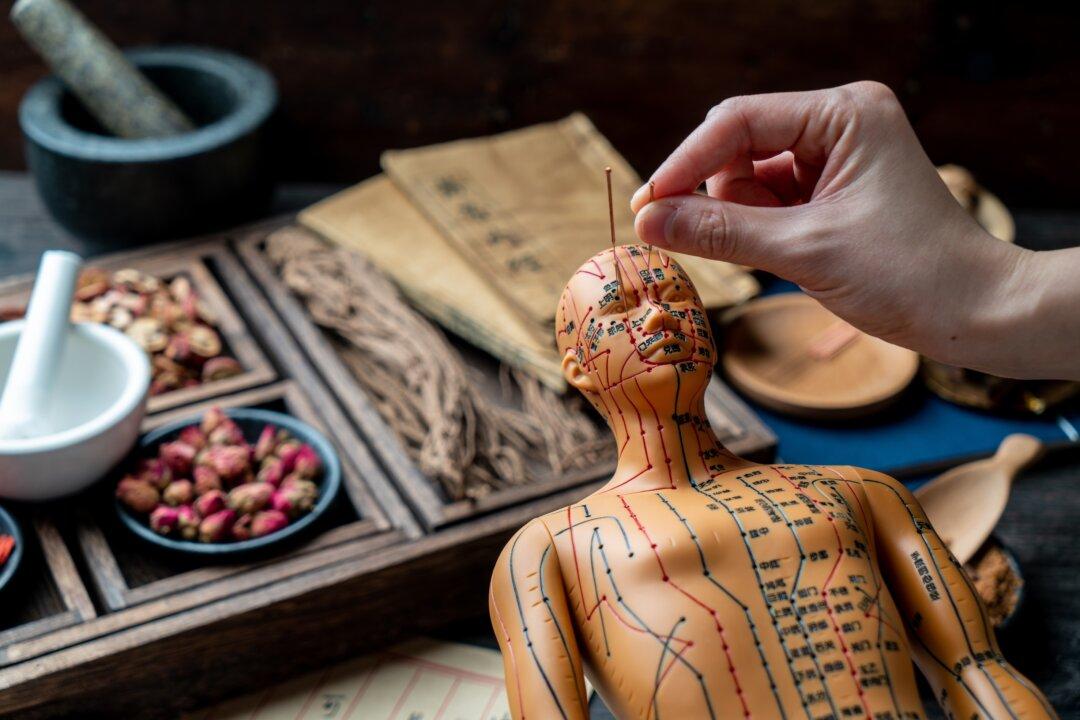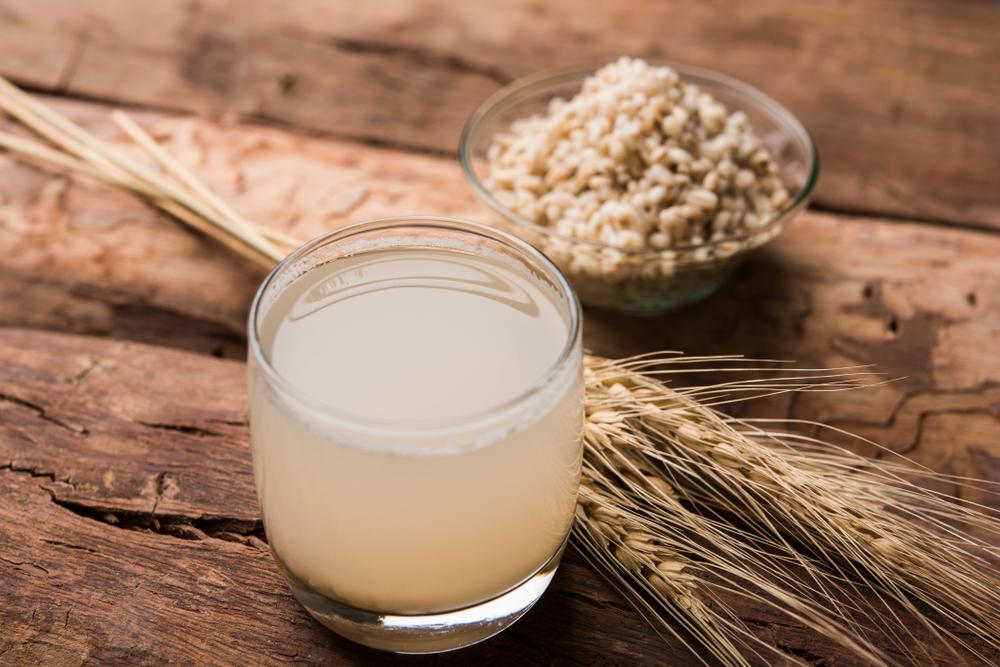Safflower (Chinese name: Honghua, or Carthami flos) and Saffron (Chinese name: Xihonghua, or Croci stigma), time-honored traditional Chinese herbs, are potential therapeutic agents for the treatment of COVID-19, researchers say.

Traditional Chinese medicine Honghua, also known as Safflower or Carthami flos. Shutterstock





